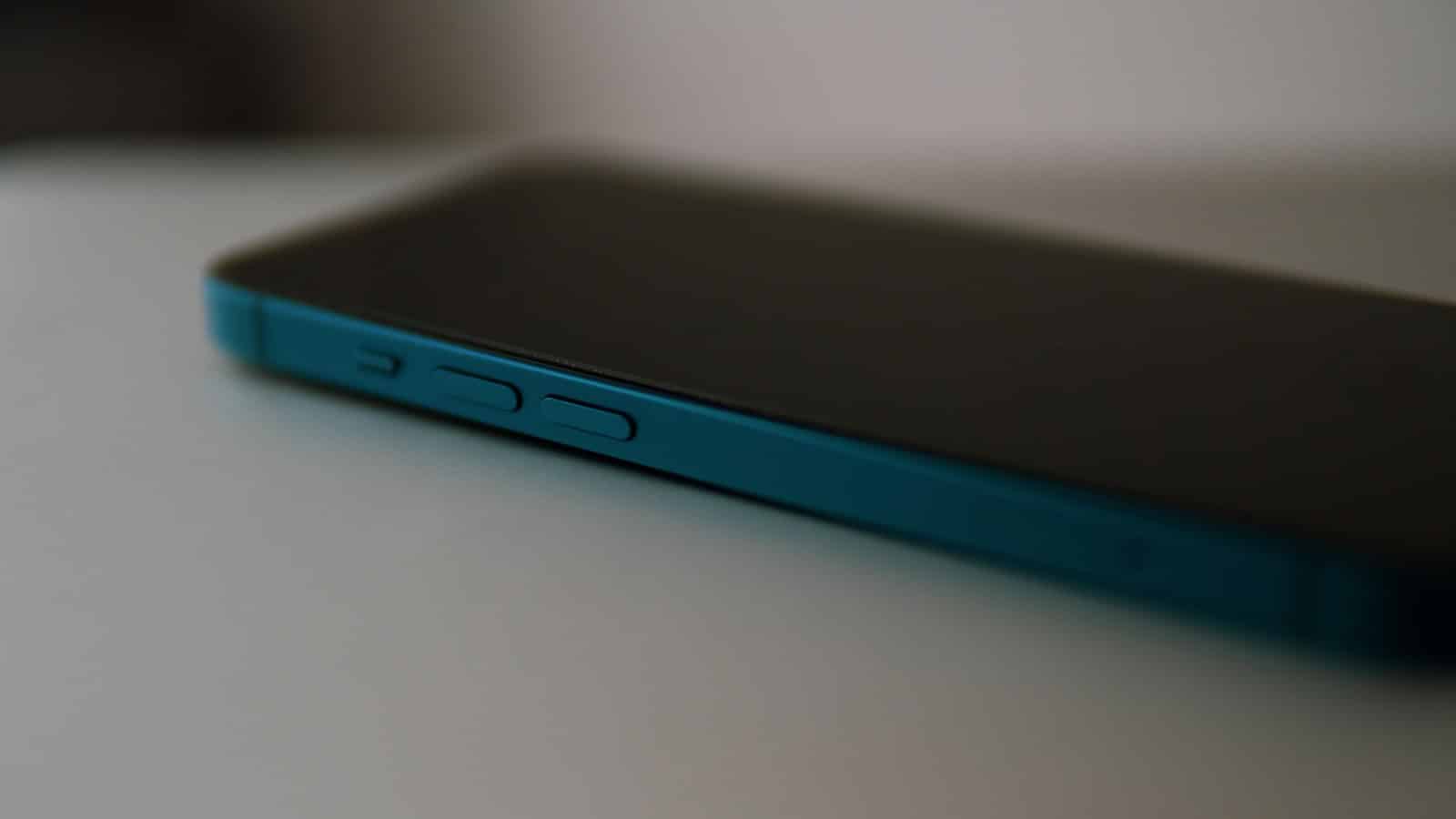iPhone screens have come a long way since the first model. Today’s iPhones use OLED tech for their displays. OLED screens make colors look brighter and blacks look deeper. This gives iPhone users a better viewing experience.
The latest iPhones have Super Retina XDR displays. These screens are very bright and show colors very well. They can show HDR content, which means videos and photos look more lifelike. The screens also have a high contrast ratio, making dark and light areas stand out more.
Apple has made other improvements to iPhone screens too. They now have better color accuracy and can show more colors than before. This means what you see on the screen is closer to real life. The screens are also made to reduce fingerprints and glare, making them easier to use in different lighting.
A Closer Look at iPhone Displays
iPhones are known for their stunning displays, and Apple has continually pushed the boundaries of screen technology. From the early days of LCD to the vibrant OLED screens of today, iPhones have consistently delivered a premium visual experience. Let’s explore some of the key advancements in iPhone display technology.
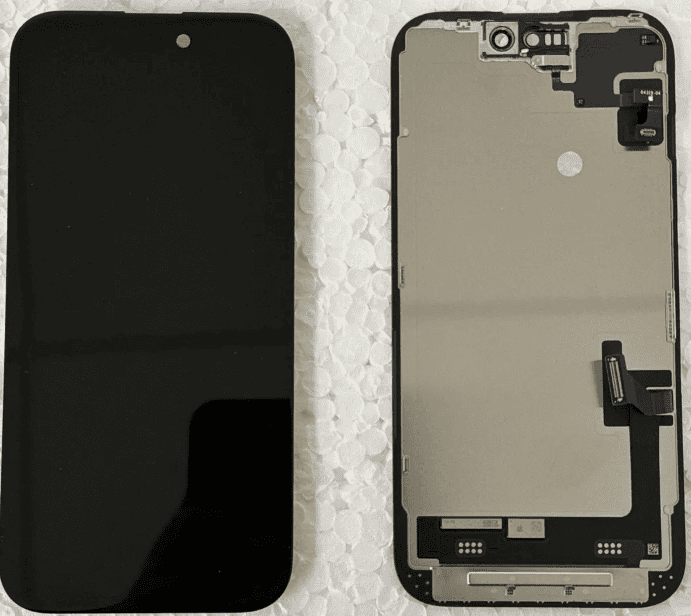
Liquid Crystal Display (LCD)
Early iPhones used LCD technology, which relied on a backlight to illuminate the pixels. These displays were known for their decent color accuracy and relatively low power consumption. However, they had limitations in contrast and black levels, as the backlight could never be fully turned off.
Retina Display
In 2010, Apple introduced the Retina Display with the iPhone 4. This marked a significant leap forward, as the pixel density was so high that the human eye could no longer distinguish individual pixels at a typical viewing distance. This resulted in sharper text, images, and videos.
3D Touch
With the iPhone 6s in 2015, Apple introduced 3D Touch, a pressure-sensitive technology that allowed the display to distinguish between a light tap and a deeper press. This enabled new interactions, such as “peeking” at content and accessing quick actions. However, 3D Touch was later phased out in favor of Haptic Touch, which provides similar functionality using vibrations.
OLED and Super Retina XDR
Starting with the iPhone X in 2017, Apple transitioned to OLED displays for its flagship models. OLED offers several advantages over LCD, including perfect black levels, infinite contrast ratio, and wider viewing angles. Apple further refined this technology with the Super Retina XDR display, which boasts even higher brightness, improved color accuracy, and reduced power consumption.
ProMotion with Adaptive Refresh Rate
The iPhone 13 Pro and later models feature ProMotion technology with an adaptive refresh rate up to 120Hz. This allows the display to dynamically adjust its refresh rate based on the content being displayed, resulting in smoother scrolling, more responsive gaming, and improved power efficiency.
Display Technology Evolution
| iPhone Model | Display Technology | Key Features |
|---|---|---|
| iPhone (original) | LCD | |
| iPhone 4 | Retina Display (LCD) | High pixel density |
| iPhone 6s | Retina Display (LCD) with 3D Touch | Pressure-sensitive display |
| iPhone X | Super Retina (OLED) | Perfect black levels, high contrast |
| iPhone 13 Pro | Super Retina XDR (OLED) with ProMotion | Adaptive refresh rate up to 120Hz |
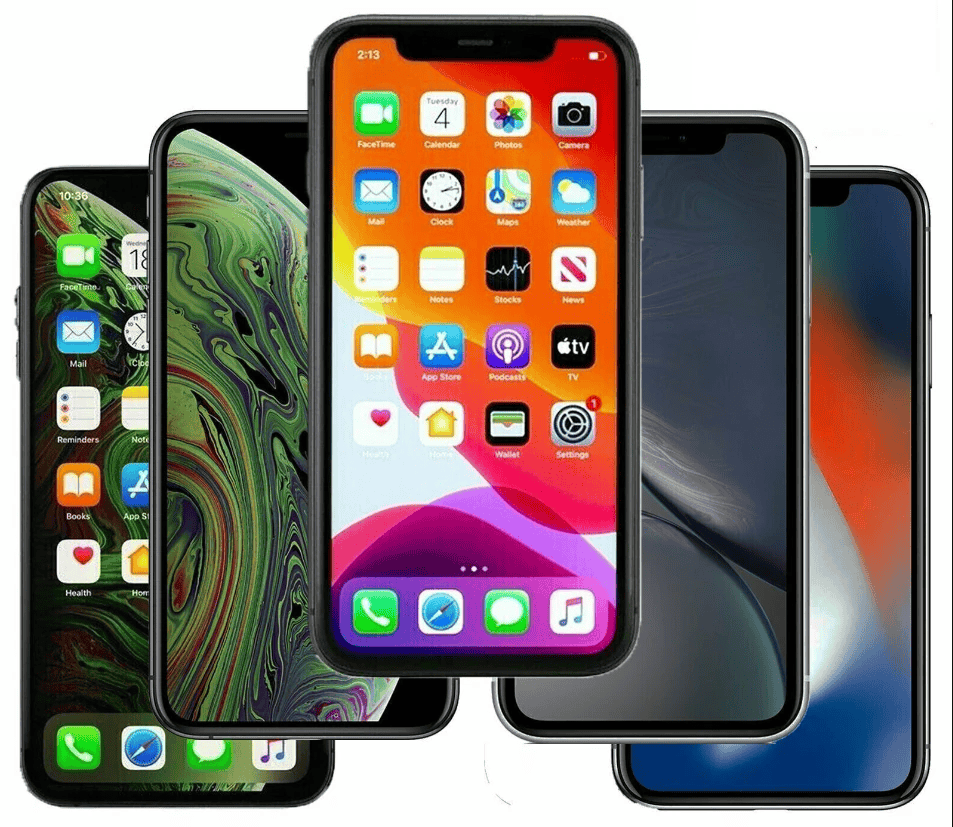
iPhone 14 Series Displays
The iPhone 14 series continued Apple’s focus on delivering exceptional displays. The iPhone 14 and iPhone 14 Plus retained the Super Retina XDR display with a 60Hz refresh rate, offering vibrant colors, deep blacks, and high contrast. These models still featured a notch at the top of the screen to house the front-facing camera and sensors.
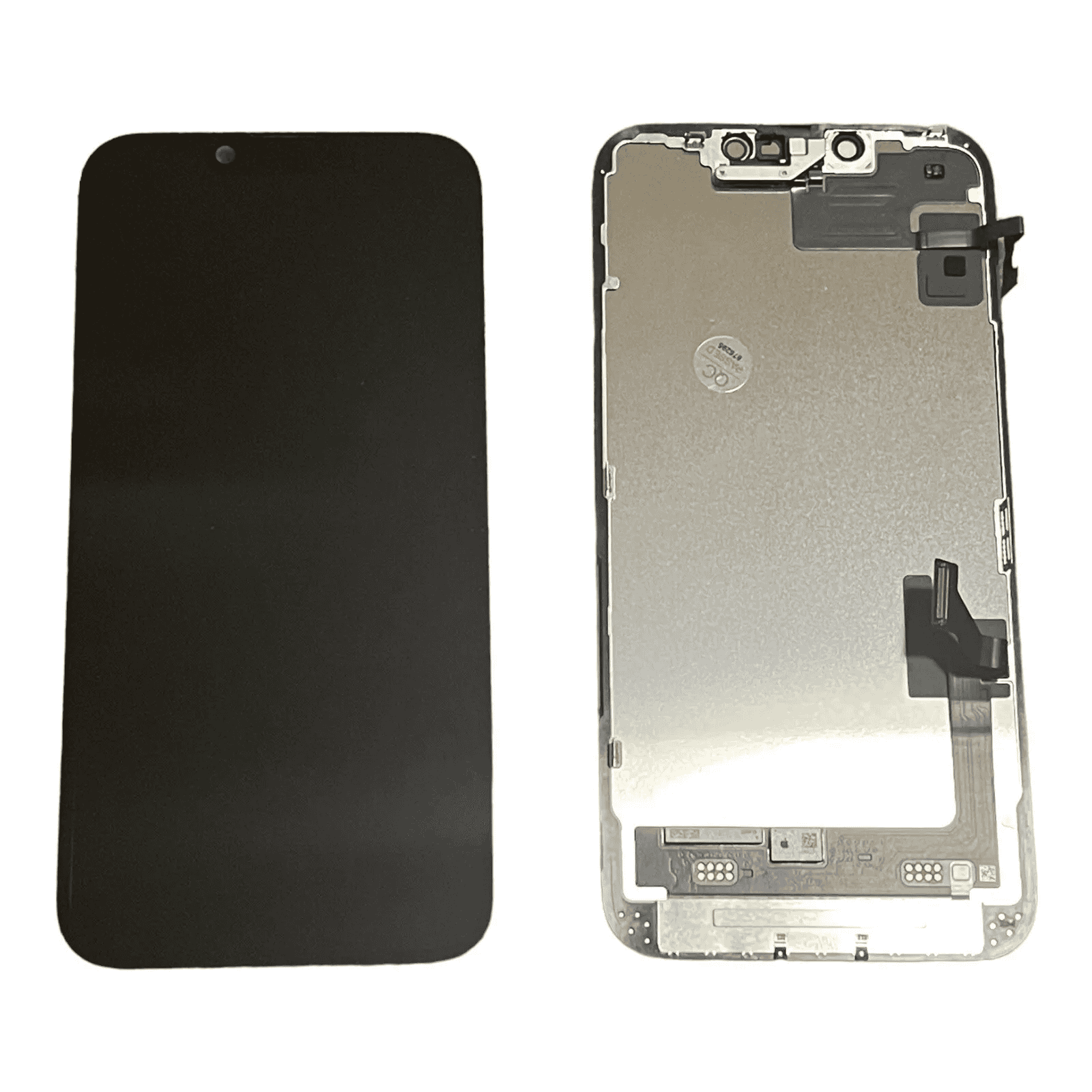
However, the iPhone 14 Pro and iPhone 14 Pro Max introduced several notable upgrades. These Pro models featured a new Super Retina XDR display with ProMotion, enabling an adaptive refresh rate from 1Hz to 120Hz. This technology allowed for smoother scrolling, more responsive gaming, and improved power efficiency. Additionally, the Pro models replaced the notch with a pill-shaped cutout called the “Dynamic Island,” which cleverly integrates with iOS to display notifications and other information.
iPhone 15 Series Displays
The iPhone 15 series further refined the display experience. All models in the lineup, including the standard iPhone 15 and iPhone 15 Plus, now feature the Dynamic Island, eliminating the notch across the board. The ProMotion technology with an adaptive refresh rate up to 120Hz also became standard across the entire iPhone 15 lineup.
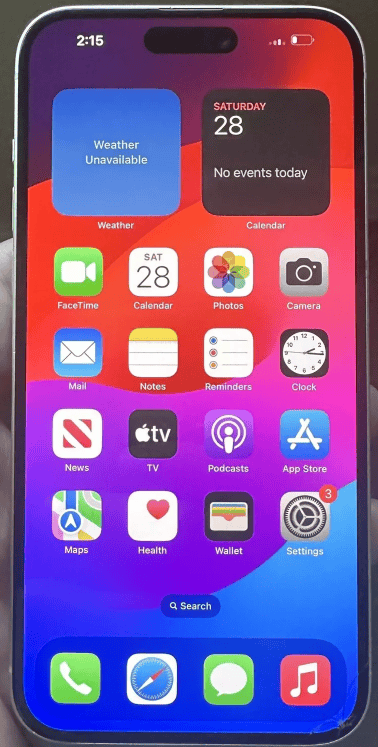
The iPhone 15 Pro and iPhone 15 Pro Max took brightness to a new level with a peak brightness of 2,000 nits in HDR content, making it easier to view the screen in bright sunlight.
iPhone 16 Series Displays
While official details are still limited, early reports suggest that the iPhone 16 Pro and iPhone 16 Pro Max will feature even larger displays, measuring 6.3 inches and 6.9 inches, respectively. These larger displays are expected to provide a more immersive viewing experience for videos, games, and other content.
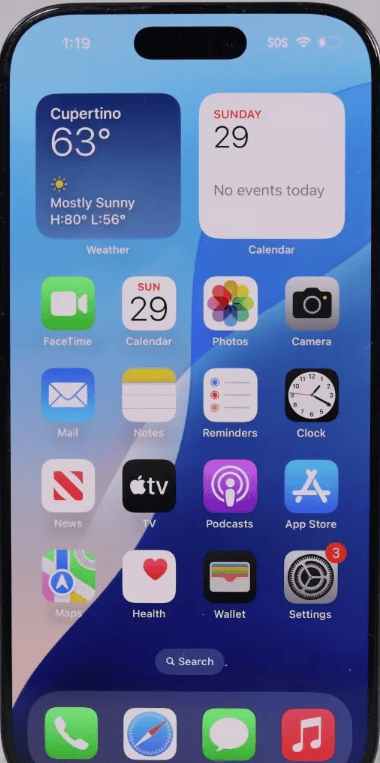
iPhone Display Comparison Table
| Feature | iPhone 14/14 Plus | iPhone 14 Pro/Pro Max | iPhone 15/15 Plus | iPhone 15 Pro/Pro Max | iPhone 16 Pro/Pro Max |
|---|---|---|---|---|---|
| Display Type | Super Retina XDR (OLED) | Super Retina XDR (OLED) | Super Retina XDR (OLED) | Super Retina XDR (OLED) | Super Retina XDR (OLED) |
| Refresh Rate | 60Hz | 1-120Hz (ProMotion) | 1-120Hz (ProMotion) | 1-120Hz (ProMotion) | 1-120Hz (ProMotion) |
| Peak Brightness | 1200 nits | 2000 nits | 2000 nits | 2000 nits | Possibly higher |
| Notch | Yes | Dynamic Island | Dynamic Island | Dynamic Island | Under-display Face ID |
| Screen Size | 6.1 inches / 6.7 inches | 6.1 inches / 6.7 inches | 6.1 inches / 6.7 inches | 6.1 inches / 6.7 inches | 6.3 inches / 6.9 inches |
Key Takeaways
- OLED screens give iPhones brighter colors and deeper blacks
- Super Retina XDR displays offer high brightness and HDR support
- iPhone screens have improved color accuracy and are easier to use in different lights
Evolution of iPhone Displays
iPhone displays have changed a lot since the first model. They’ve gotten bigger and better over time. The screens now show colors more clearly and are easier to see in bright light.
From LCD to OLED
Early iPhones used LCD screens. These screens were good but had some limits. They couldn’t show very deep blacks or bright colors. In 2017 Apple made a big change with the iPhone X. It was the first iPhone with an OLED screen. OLED screens can turn off each pixel. This makes blacks look really dark and colors pop more.
The switch to OLED made iPhone screens look much better. Pictures and videos became more lively. The screens also used less power which helped battery life.
Introduction of Super Retina
The iPhone X brought in the Super Retina display. This new screen was sharper than older iPhones. It could show HDR content which made videos look more real. The Super Retina display had a very high pixel density. This meant text and images looked crisp even up close.
Super Retina also improved color accuracy. It could show a wider range of colors than before. This made photos look more true to life on the screen.
Advancement to Super Retina XDR
Apple kept making iPhone screens better. In 2019 they introduced Super Retina XDR with the iPhone 11 Pro. This display was even brighter than Super Retina. It could reach up to 1200 nits for HDR content. That’s very bright for a phone screen.
Super Retina XDR also made the contrast ratio better. This means the difference between the brightest whites and darkest blacks was bigger. The screen could now show HDR10 and Dolby Vision content. This made movies and TV shows look amazing on iPhones.
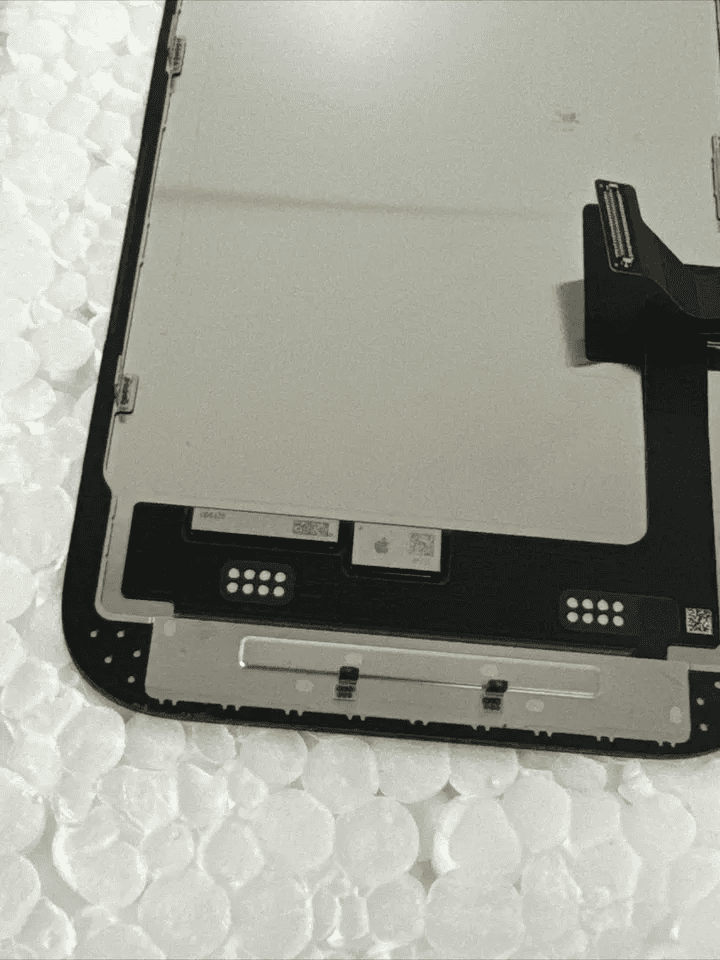
Frequently Asked Questions
iPhone displays use different technologies and features. These affect how the screen looks and works. Let’s explore some common questions about iPhone screens.
What are the differences between Super Retina XDR and OLED displays?
Super Retina XDR is a type of OLED display. It has higher brightness and contrast than regular OLED screens. Super Retina XDR can show deeper blacks and brighter whites. This makes images look more lifelike.
How does the Liquid Retina XDR display compare to previous iPhone displays?
Liquid Retina XDR is newer than older iPhone screens. It’s brighter and shows more colors. This display type uses mini-LED tech for better contrast. Images look sharper and more vivid on Liquid Retina XDR screens.
Who manufactures the display panels used in the latest iPhone models?
Apple gets screens from different makers. Samsung and LG are two main suppliers. They make OLED panels for many iPhone models. Other companies like BOE also make some iPhone screens.
What type of screen technology is used in the iPhone 12?
The iPhone 12 uses OLED screen tech. This is called Super Retina XDR display. It gives better colors and contrast than older LCD screens. The iPhone 12 screen is also tougher and more scratch-resistant.
What are the advantages of using OLED displays in iPhones?
OLED screens have many benefits. They show deeper blacks and brighter colors. Each pixel lights up on its own. This saves battery power. OLED displays are also thinner than LCD screens.
How does the iPhone’s screen technology impact its overall display quality?
Screen tech greatly affects how good the display looks. OLED and XDR displays show more colors. They have better contrast too. This makes photos videos and text look clearer. The screen tech also helps with outdoor visibility and viewing angles.

